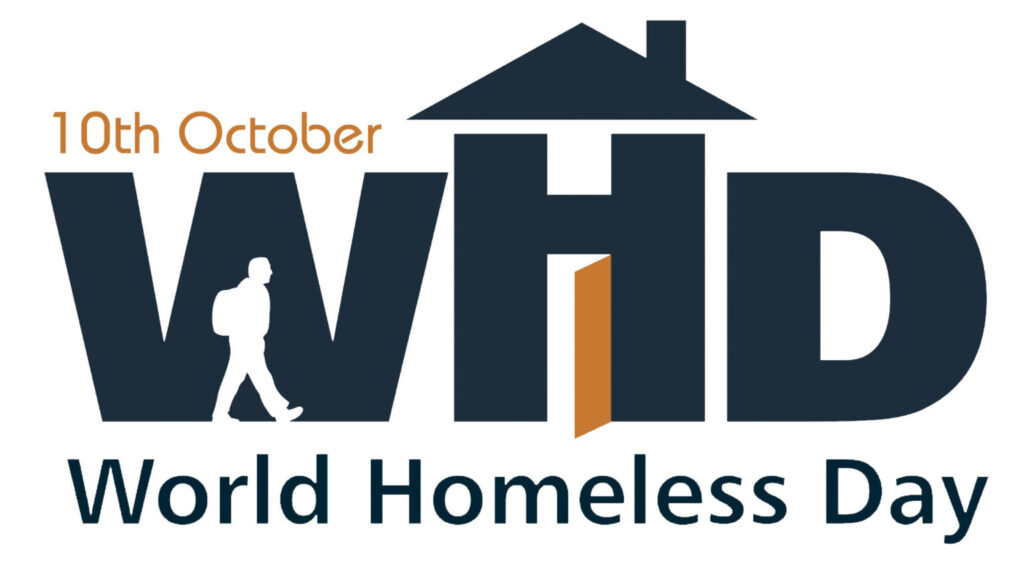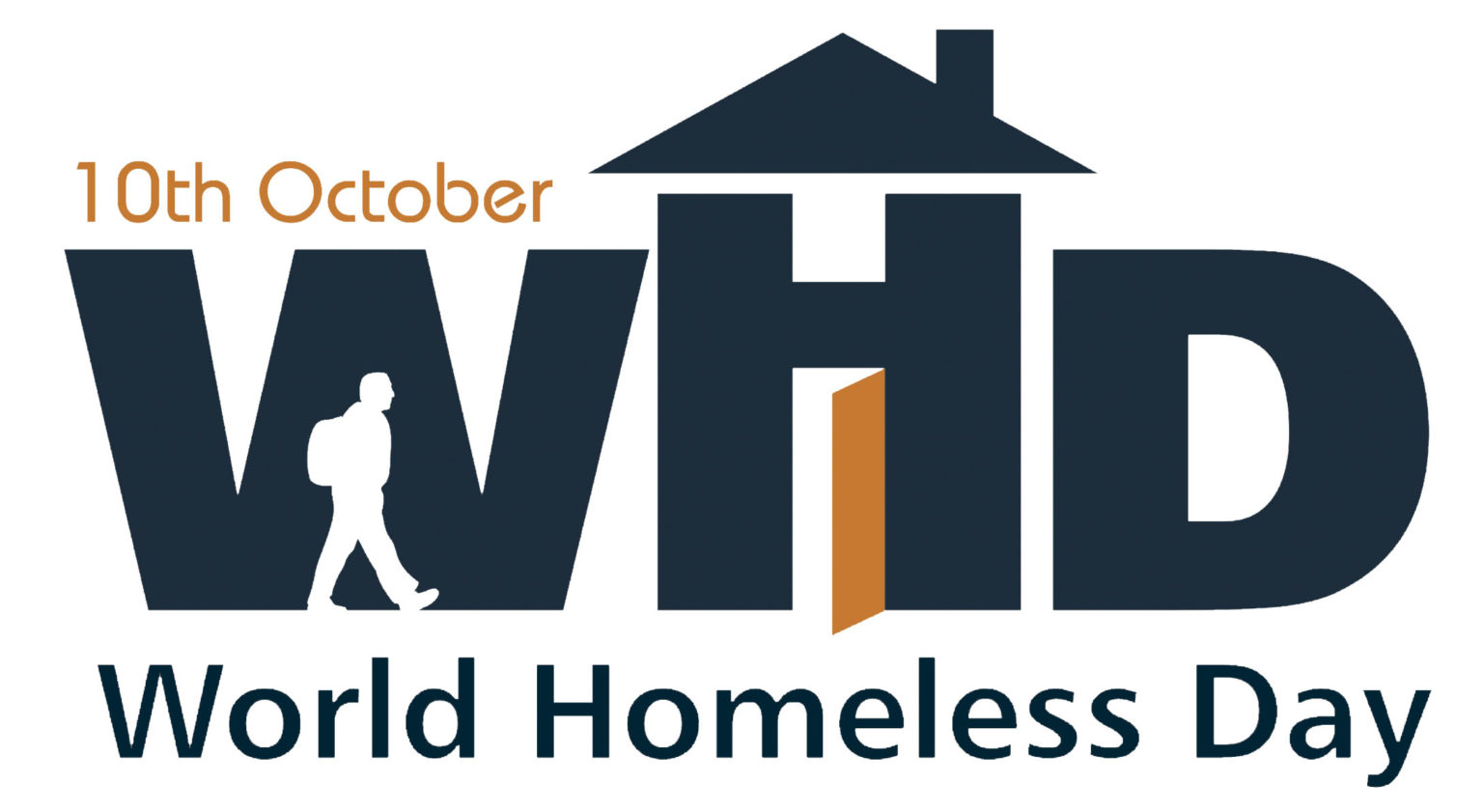This World Homeless Day, as we at Your Own Place mark our tenth year in existence, we are needed more than ever. You could say we’ve failed. But I don’t think even our harshest critics would blame this appalling state of affairs in housing and the rise in homelessness, on us.
I support Crisis, The National Housing Federation, the Labour Party and all those campaigning for the building of more homes.
But the problem is more complex and cannot be fixed by simply building more houses.

We have to be honest, this World Homeless Day, about what this won’t solve now or for those without the dual safety net of cash and connections. People without the bank of mum and dad. People who don’t have a job that allows saving for a deposit. People who feel so locked out of services that have previously stigmatised them that they are no longer accessing help. People who have been in custody for 20 years and no longer understand how the world works. Or have been in prison for just three months and find themselves at the very bottom of every queue going.
All these groups need more support now and in the future to access a home as well as to keep their home.
Whether that’s the 140,000 in supported accommodation and the quarter of those that can’t afford to move on.
Whether it’s the 45,000 care leavers who don’t have a bank of mum and dad.
Or those same young people that are most likely to move into their own place ten years earlier than the average and have age against them in terms of earnings. With just 6% going on to higher education, they will continue to earn less and be further locked out of housing with the private rented sector also hugely out of reach. All this explains explains why one third will be homeless at some point in their lives.
What about the 82,000 people in prison? 53% of people sleeping rough have a conviction. Many will also be care experienced, languish in supported housing unable to move on and face stigma and prejudice. Be in no doubt of the real and hard barrier this poses.
To say nothing of the Cost of Living crisis. You don’t need more data from me. Except to know that nearly half the people visiting food banks are living in social housing. They have a home and it’s supposedly affordable.
This shows us that the solution is more complex than simply more houses. Part of the solution is to work smarter, more compassionately and preventatively to better support those who still find themselves locked out of a home – even when a million more are built.


